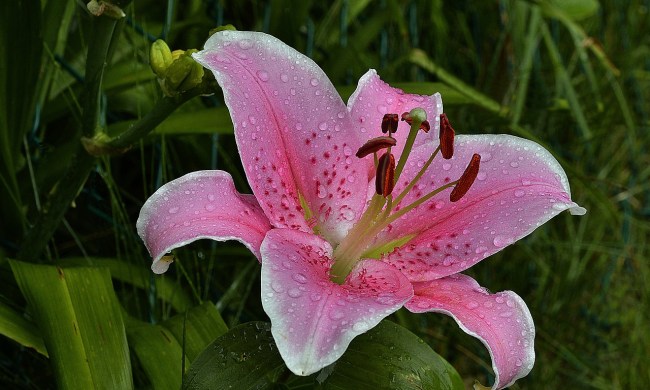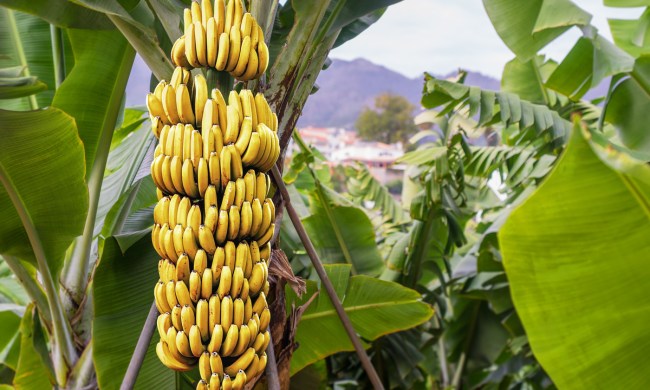
Replacing your entire mower isn’t necessary if you know the right piece that needs swapping. Extend your mower’s life with the reliable spare parts on this list.
It’s a great idea to keep these items on hand; you never know when you might need a quick fix. Lawnmowers are complicated machinery. There are so many different gadgets and gizmos that help make it run smoothly, so it’s essential to do your research when shopping for parts. We’ve compiled a list of the best replacement parts we’ve found for starter ropes, spindles, chutes, and mulching blades.
Briggs & Stratton Starter Rope
Best Starter Rope

The lawn mower's starter rope is responsible for setting the flywheel into motion, which fires up the engine. Without the cord, there is no way for you to get your lawnmower going. If your rope is torn, mangled, or simply doesn't get the job done anymore, try replacing it with the Briggs & Stratton Starter Rope. This starter rope comes with an attachable grip, protecting your hand from painful rope burns and allowing for better control.
Spindle Assembly with Grease Zerk
Best Spindle Assembly Set

If you need to replace your lawnmower's spindles – an essential component of helping the pulley system perform effectively – check out The Spindle Assembly with Grease Zerk. This set of two spindle assemblies includes mounting bolts, pulley locknuts, blade bolts, and a spacer. For simpler installation, the mounting holes have been pre-tapped.
MTD Side Chute
Best Replacement Chute

The chute's job is to discharge grass clippings out of the lawn mower's side. The side chute is great because it directs clumpy heaps of wet or thick grass away from the mower's underside quickly. Our pick for the best replacement chute is the MTD Side Chute. This side chute is a genuine OEM MTD part.
Maxpower Commercial Mulching 2-Blade Set
Best Mulching Blades

If you need to replace your mower's mulching blades, try the Maxpower Commercial Mulching 2-Blade Set. This set comes with two mulching blades, each measuring 21-inches long. Sporting more curves and cutting edge than other lawnmower blades, mulching blades are designed differently for a specific purpose. Mulching blades are intended to guide the grass after cutting to the mower's deck before being cut again and falling back on the lawn into smaller pieces.
You’ll be amazed at how well your lawnmower runs with the replacement of its worn-out parts. In fact, it’ll run just like new again with all of these durable, high-quality items on this list. Bring new life to your mower and watch how it can transform your lawn.


